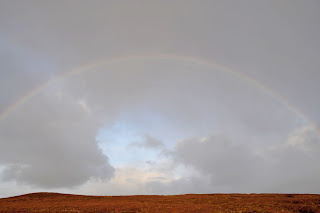Monday, 28 January 2013
Sexy Peat
12. Highland Print Studio will work in partnership with Cape Farewell to deliver an exhibition of contemporary visual art called Sexy Peat, celebrating the ecology and heritage of the Lewis blanket bog and highlighting the significant role that peat plays in global climate regulation. The project will also celebrate the Gaelic heritage relating to the bog and the significance of the bog to the people who have lived with it. (Award: £45,200)
Alison McMenemy, Director, Highland Print Studio, said: "The Lewis peatland is a big player in climate regulation that has never received the press awarded to its sexy tropical peers. We're delighted to get the opportunity to bring artists and scientists together to celebrate this remarkable and haunting landscape."
http://www.creativescotland.com/news/fourteen-projects-to-receive-support-through-the-year-of-natural-scotland-open-fund-28012013
Wednesday, 8 February 2012
Monday, 6 February 2012
Repeat
On a third anniversary PHS trip, Carol Dunbar, Dan Lee and I made our way up the Dale of Corrigall in Harray yesterday, to the crest overlooking Rendall, the Bay of Firth, and Kirkwall.
And Birsay
And Evie
Lovers of peat landscape may like to know that Laura Harrington's Layerscape will be screened in Teesdale on 18th March: part of the 'As Slow As Possible' AV Festival taking place throughout March in Newcastle, Gateshead, Middlesborough and Sunderland. (The event is sold out, officially, but Laura has written to say that the organisers have now released some further places.)
Wednesday, 1 February 2012
Sunday, 13 February 2011
Patterns in peat
Fellow peat lovers,
here are two images that may interest you. The first one is a shot of patterns of peat extraction in an archaeological excavation. Interesting shapes!

The second photo shows Medieval peat extraction on a Roman Period site. Most of the peat was excavated in the Middle Ages, except where it contained too much wood. In this case the peat contains in situ oak posts that are part of a Roman building. The remnants of peat show the plan of the building; large timbers through the center of the building with much lighter posts being used for the outside walls.

Tuesday, 8 February 2011
Subscribe to:
Comments (Atom)






















